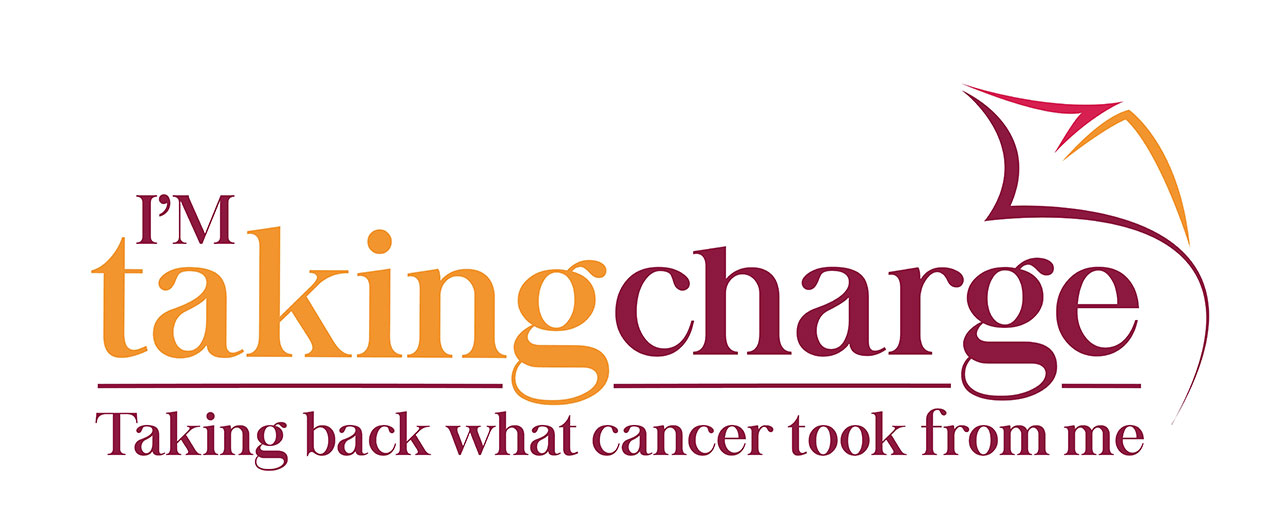Here’s one of the most important questions you can ask yourself in 2017, and it relates well to our focus of early breast cancer detection this month . . . Have you scheduled your mammogram yet?

Make Early Breast Cancer Detection a Priority
The start of a new year seems the perfect time to focus on early detection. It’s one of the most important tools available in the fight against breast cancer.
Look at the numbers that are so familiar.
The American Cancer Society predicted that in 2016 the number of new cases of invasive breast cancer would be close to 246,660, and that there would be about 40,450 breast cancer deaths. With those numbers this stat is still true: 1 in 8 U.S. women, about 12 percent, develops invasive breast cancer over the course of their lifetimes.

There is progress, however. The number of women who die from breast cancer has steadily decreased since 1989, and for women under 50 there’s been an even larger decrease. That good news is probably the result of treatment advances, increased awareness and most especially earlier detection through screening.
Although discussion and research on the effectiveness mammograms are in the fight against breast cancer is happening. Early detection makes a difference, and it saves lives. The guidelines may change on imaging, but by being vigilant (as explained so well by Carrie, our CNS advisor, this month) about your breast health with mammograms or imaging, clinical and self examinations, and especially by knowing your family history of breast cancer, you may save your life.

Imaging studies identify the patients that have abnormal or suspicious findings. This is not necessarily a cancer diagnosis. Further evaluation is needed either by a biopsy of the tissue or follow-up with further imaging.
Imaging Methods
Here’s a short explanation of the different types of imaging that are available, and how they might be applied to early screening of breast cancer.
Mammogram is the main screening used for early detection. A digital mammogram is more accurate for pre-menopausal and peri-menopausal women and for dense breasts as compared to traditional film. It detects more cancers in women younger than 50 years but it also gives more false-positive findings in this age group. Physicians often use ultrasonography as a diagnostic follow-up of an abnormality seen on mammogram.
For those patients at high risk, physicians may use an MRI (Magnetic Resonance Imaging) in combination with mammograms. The American Cancer Society recommends this form of imaging for women at high risk of breast cancer.
Another type of imaging, tomosynthesis (3D mammography) is a modified digital mammogram. It’s used in combination with conventional mammograms. Although tomosynthesis has a higher exposure to radiation, the good may outweigh the bad, because it’s very promising for women with dense breast tissue and high breast cancer risk.
If you haven’t already, take the first step in early detection by asking yourself what your risk factors are.
The Breast Cancer Risk Assessment Tool (BCRAT) is a big help to calculate your breast cancer risk and determine the best screening strategy and just where you might fit into specific risk categories.
The one thing most people agree on . . . awareness and knowledge are two of the most powerful tools in the fight against breast cancer.
Now ask yourself again . . . Have you scheduled your mammogram?







Leave A Comment